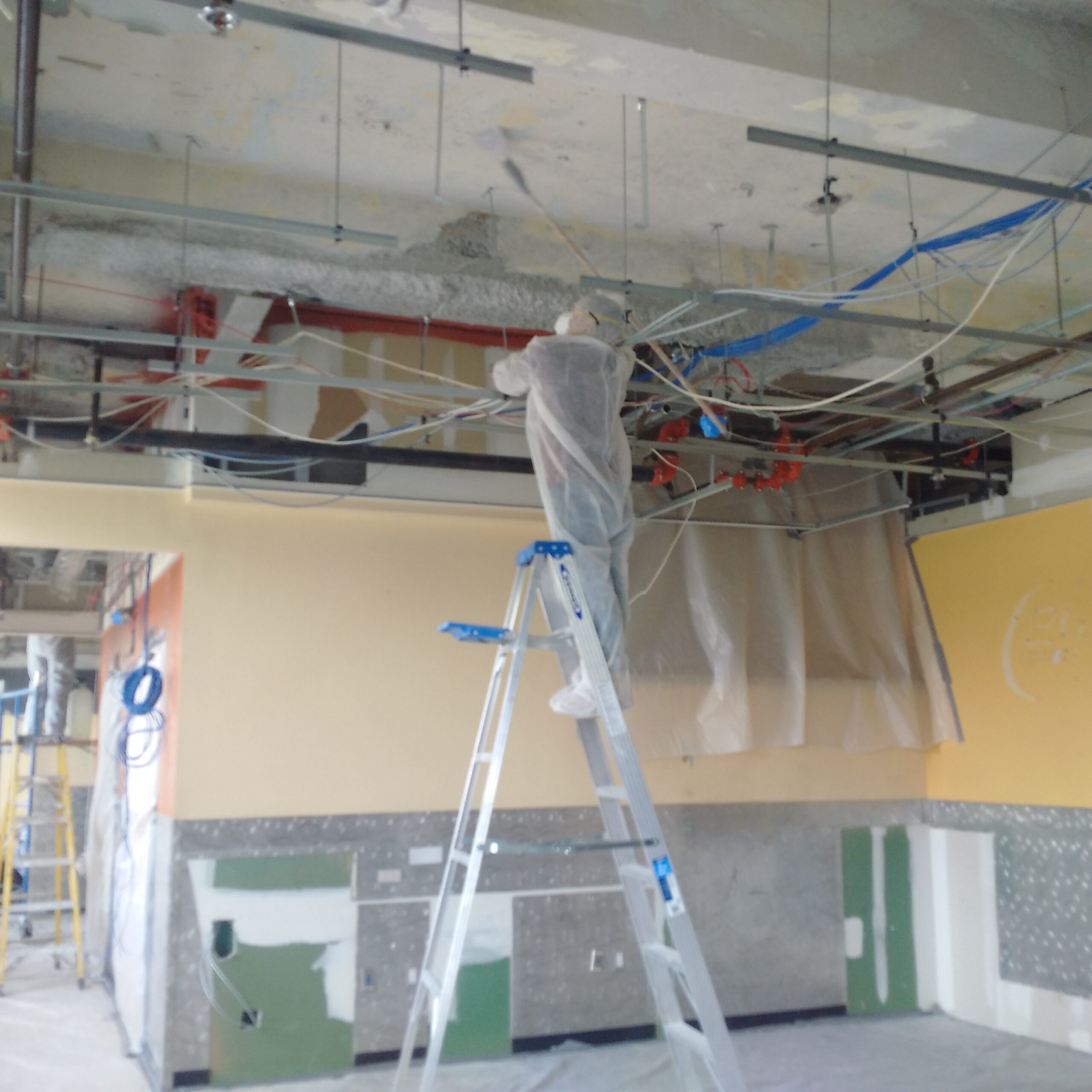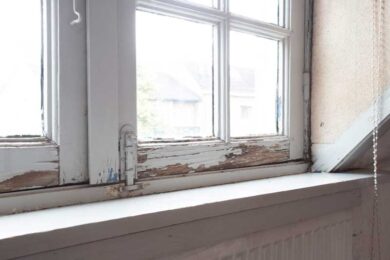NYC Lead Paint Removal Company-- Guaranteeing Safe and Legal Compliance
NYC Lead Paint Removal Company-- Guaranteeing Safe and Legal Compliance
Blog Article
Best Practices for Ensuring Safe and Detailed Lead Infraction Reduction
Addressing lead infraction abatement needs a multi-faceted strategy to make sure both security and compliance. Initial analyses utilizing innovative discovery techniques such as XRF analyzers established the stage for a precise understanding of contamination degrees. Integrating appropriate containment methods, consisting of impermeable barriers and HEPA purification, coupled with the use of personal safety tools (PPE) for workers, creates the foundation of a secure procedure. Thorough cleanup procedures, including HEPA vacuuming and wet-wiping, are essential. Yet, it's the last clearance procedure, entailing comprehensive examinations and lab testing, that really confirms a lead-free setting, making sure long-term safety. Exactly how do these techniques adjoin to ensure detailed lead reduction?

First Assessment
Carrying out an initial analysis is a crucial very first step in lead infraction abatement. This stage incorporates a detailed assessment of the property to recognize the existence, level, and certain places of lead-based threats. Certified experts, such as certified lead inspectors or run the risk of assessors, need to carry out an extensive site inspection, utilizing devices like X-ray fluorescence (XRF) analyzers to accurately identify and measure lead concentrations in paint, dust, dirt, and water.
The analysis should additionally include an evaluation of the structure's background, previous records, and any type of complaints or health issues reported by residents - Lead Removal Contractors. Recording the searchings for meticulously is essential, as these documents form the basis for establishing a reliable abatement approach. A thorough assessment additionally involves sampling and laboratory evaluation, which are critical to verify the existence of lead and overview succeeding activities
In addition, it is critical to interact the outcomes transparently to all stakeholders, including residential or commercial property proprietors, lessees, and regulative authorities. By guaranteeing that the first analysis is performed with accuracy and rigor, specialists can lay a strong foundation for a targeted and efficient lead abatement procedure, ultimately guarding public health and wellness and ensuring conformity with governing requirements.
Proper Control
Appropriate control is crucial to protect against the spread of lead contaminants during abatement activities. Effectively managing containment reduces the risk of lead dirt and debris moving to non-work areas, thus safeguarding both the setting and individuals outside the instant work zone.

Routine assessments of the control area are necessary to look for breaches or weak points in the obstacle. Any type of recognized problems ought to be immediately dealt with to preserve the honesty of the control. By adhering to these methods, abatement projects can efficiently regulate lead contamination and alleviate associated health and wellness dangers.
Employee Defense
Ensuring worker protection is vital throughout lead abatement projects to stop job-related exposure to dangerous lead bits. Vital procedures consist of using individual learn this here now safety equipment (PPE) such as respirators, gloves, and full-body suits particularly designed to block lead dust and fumes. Workers need to go through go to my site comprehensive training on the correct usage and maintenance of PPE, including healthy testing for respirators to make sure maximum efficiency.
Engineering controls, such as local exhaust air flow systems, are vital in lessening airborne lead concentrations in the job environment. Management controls ought to also be implemented, consisting of restricting the duration of exposure and revolving workers to decrease specific direct exposure times. Regular clinical monitoring and organic surveillance are indispensable for very early detection of lead absorption, allowing timely intervention and treatment.
Furthermore, establishing a purification procedure is crucial. Employees must follow rigid decontamination procedures prior to breaks and at the end of their shift to avoid lead dust from being lugged outside the work location. This includes extensive hand and face cleaning with lead-specific cleaner and transforming out of contaminated clothing.
Meticulous Cleaning
Maintaining a secure workplace extends past worker security and includes precise cleanup to ensure lead bits are thoroughly gotten rid of from the website. The procedure of precise cleanup is essential in avoiding the recontamination of the moderated area and guarding both existing and future occupants.
To achieve a thorough cleaning, all work areas have to be methodically sanitized. This includes the use of specialized HEPA (High-Efficiency Particulate Air) hoover and wet-wiping techniques to capture and eliminate great lead dust that may have chosen surface areas. It is imperative to clean up all straight surface areas, consisting of floorings, window sills, and countertops, in addition to vertical surfaces that may have caught lead particles.
Employees click for more info have to put on suitable individual protective devices (PPE) during cleaning to prevent direct exposure to residual lead dirt. Utilized cleaning materials such as wipes, sponges, and mop heads need to be thrown away in conformity with dangerous waste disposal guidelines.

Final Clearance
Final clearance is the important concluding stage of lead reduction that determines whether the site is secure for reoccupation. This important action entails thorough examination and screening to confirm that all lead risks have been efficiently gotten rid of.

Final clearance testing not just protects future occupants yet likewise makes certain conformity with regional, state, and federal policies. Additionally, it works as a recorded validation of the reduction service provider's adherence to market best practices. Making certain a detailed and effective last clearance is crucial in protecting public health and promoting rely on the reduction process.
Final Thought
Ensuring risk-free and complete lead violation reduction demands a multifaceted strategy encompassing first evaluations with advanced discovery techniques, reliable containment techniques, rigorous worker defense procedures, and careful clean-up treatments. The last clearance stage, including detailed evaluations and research laboratory screening, is crucial to verify conformity with EPA standards. Adherence to these finest practices ensures a risk-free setting for owners, mitigates health and wellness threats, and supports governing requirements, consequently advertising public health and safety in lead-affected areas.
Report this page